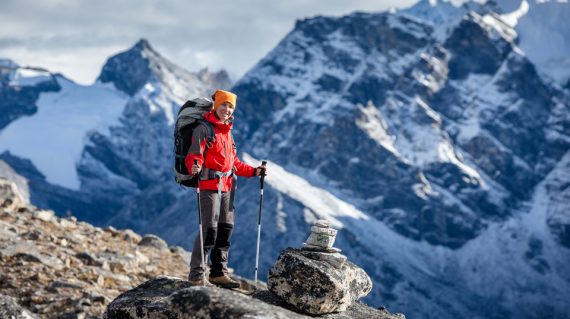
Hiking the Himalaya
Snowman trek goes to the remote Lunana district. We consider it to be a fairly strenuous trek, simply because of the length of time, it takes to complete. Crossing dozens of high passes, many over 16,000 ft, this trek includes challenges of long distances, altitude, difficult weather conditions and remoteness. Most of all however the trip affords some of the most magnificent views in the Himalayas. Whilst traversing through spectacular landscapes, you will learn how remote villages survive in such extreme conditions. Due to the level of dependence on local support, this is the most noteworthy culturally immersive trip. This expedition although somewhat hard going, affords some serious rewards along with a sense of achievement when you finish!
The trek doesn’t have to be completed in one go and can be segmented. We can discuss preferences and the time of year to ensure you get the most out of your trek!
Expedition Bhutan Snow goes to the remote Lunana district and is considered to be one of the most difficult treks in Bhutan. Crossing dozens of high passes, many over 16,000 ft, this tough trek includes challenges of long distances, altitude, difficult weather conditions and remoteness.
Information on visa application fees, entry and exit points, the sustainable development fee and taking money into or out of Bhutan (‘Entry requirements’ page).
• Visa organisation
• Accommodation
• All meals
• A licensed Bhutanese english speaking tour guide
• All transport
• Camping equipment and haulage for trekking tours
• All internal taxes and charges
• Museum fees

Hiking the Himalaya
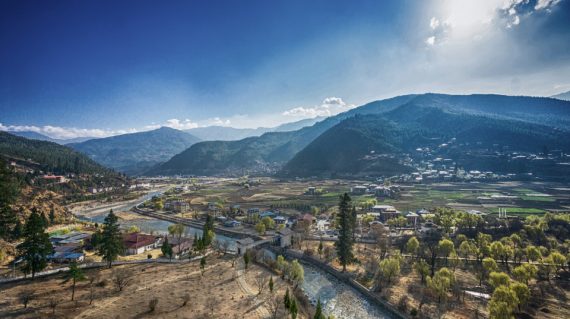
Paro
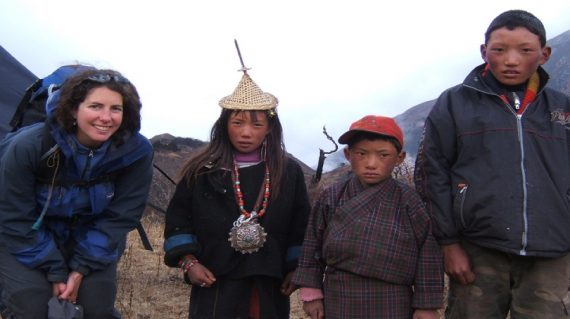
Local kids
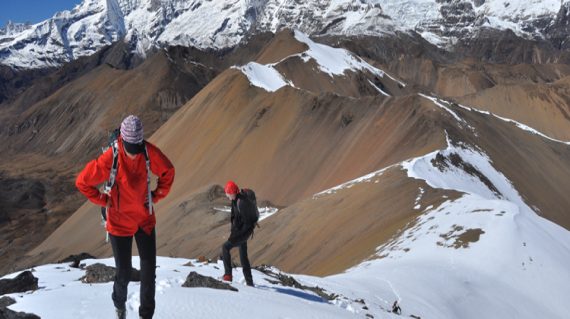
Heading up the mountain

Camp for the night
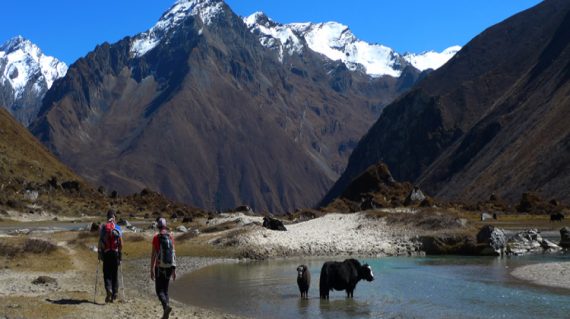
A combination of hotels, tents and home-stays enables you to engage in the fascinating local culture and way of life. We only use accommodation that is immaculate and of the highest standards.
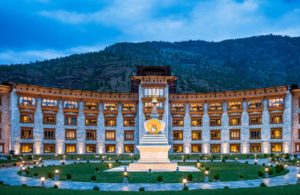
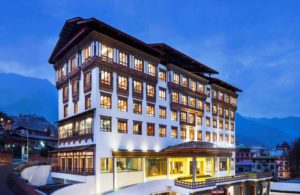
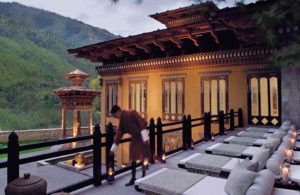
All meals are included.
Bhutan is a small, landlocked nation located in the eastern Himalayas between India and China. Its landscape ranges from subtropical plains and forests in the South to subalpine forests and snowy mountains in the North. Bhutan is a predominantly Buddhist country and is known as the last stronghold of Mahayana Buddhism.
It is a government regulation that you must use a license Bhutanese Tour Operator to book your travel to Bhutan or one of their international partners such as ourselves.
Foreigners, with the exception of citizens from India, Bangladesh and the Maldives nationals, may only enter or depart the country through certain towns such as Phuntsoling, Samdrup Jongkhar and Gelephug (by road) or Paro (by air).
You will need a passport and visa to enter and exit Bhutan. Visas are only issued on arrival, but you must apply in advance through a tour operator and receive visa approval before you travel. Keep a photocopy of your passport visa pages and flight ticket separate from the originals when travelling.
All visas are approved from Thimphu and are only issued to tourists booked with a local licensed tour operator, either directly or through a foreign travel agent. Applications for tourist visas are submitted by the tour operator.
All visitors (except nationals of Bangladesh, India and the Maldives) must obtain visa clearance from Thimphu before coming to Bhutan. More information, including a list of authorised tour operators in Bhutan, may be obtained from the Tourism Council of Bhutan.
For further advice on tour companies you may contact the Honorary British Consul to Bhutan.
The Tourism Council of Bhutan sets a non-negotiable minimum daily tariff for all visitors to Bhutan. The rate includes all accommodations, all meals, transportation, services of licensed guides and porters. Cultural progams where and when available will be organised on payment basis.
If you are travelling for business or other non-tourist reasons you must arrange your visa through your sponsoring organisation in Bhutan.
Your passport should be valid for a minimum period of 6 months after the date you intend to leave Bhutan.
If you plan to stay in Bhutan for an extended period of time you may also wish to make contact with the British Honorary Consul to Bhutan.
There are restrictions on the import of medicines into Bhutan. You can bring your prescription and other medicines in quantities clearly for your own personal use. You should carry copies of the prescription with you if possible. For larger quantities, or if you’re carrying medicines not for your own personal use, check with the Honorary Consul to Bhutan.
Check whether you need a yellow fever certificate by visiting the National Travel Health Network and Centre’s TravelHealthPro website.
UK Emergency Travel Documents (ETDs) are accepted for entry into Bhutan, but you will still need an e-visa.
ETDs are accepted for exit from Bhutan. If you need to get an ETD while in Bhutan, you should apply online and then submit a police report to the Department of Immigration in order to transfer your visa to the ETD. If you don’t transfer your visa, you’re likely to face difficulties leaving the country.
There are a number of airports where you can fly into Bhutan from (Bangkok,Delhi, Kolkata, Bagdogra, Bodh Gaya, Dhaka, Kathmandu, Guwahati, Singapore and Mumbai.). At present two carriers operate to Bhutan, Drukair and Bhutan Airlines. Also, there are three land border crossings which you can travel into the kingdom overland. All crossings are along the Indian border only – Phuentsholing, Gelephu and Samdrup Jongkhar. Expeds can arrange the most preferable option for you.
The $200 per day (low season) and $250 per day (high season) package includes a minimum of 3 star accommodations, costs for food, an experienced guide and transportation (with driver) within the country. Also included in the price is a $65 per day royalty that goes towards free education, free healthcare and poverty alleviation. All of these services will be taken care of by Expeds.
Bhutanese currency is known as the Ngultrum. Its value is tied to the Indian Rupee which is also accepted as legal tender. However Indian notes in 500 and 1000 denominations are not acceptable.
The most distinctive characteristic of Bhutanese cuisine is its spiciness. Chillis are an essential part of nearly every dish and are considered so important that most Bhutanese people would not enjoy a meal that was not spicy.
Rice forms the main body of most Bhutanese meals. It is accompanied by one or two side dishes consisting of meat or vegetables. Pork, beef and chicken are the meats that are eaten most often. A wide selection of western and Indian food is also available in many of the restaurants around the country.
Ideally for this expedition you should be an experienced mountaineer and fit enough to complete 20km per day at altitude.
We are able to provide training programs that will get you up to speed with both technical ability and fitness.
If your not an avid mountaineer but would still like to do a trip to Bhutan, get in touch with us and we’d be delighted to put together a trip for you.
Email: info@expeds.uk.com
Tel: +44 0800 043 0071
Please follow the link for the latest health advice
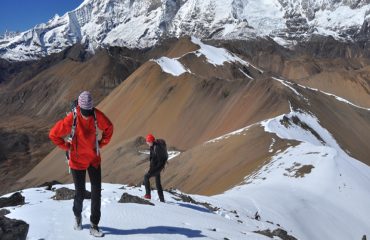 Expedition Bhutan Snow13 Heading up the mountain
Expedition Bhutan Snow13 Heading up the mountain 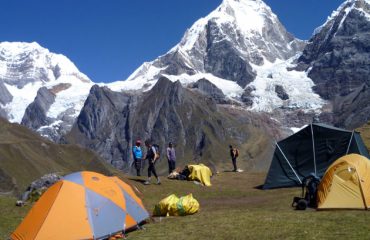 Expedition Bhutan Snow14 Camp for the night
Expedition Bhutan Snow14 Camp for the night 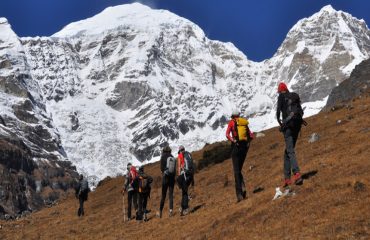 Expedition Bhutan Snow15 Traversing Mountain Side
Expedition Bhutan Snow15 Traversing Mountain Side 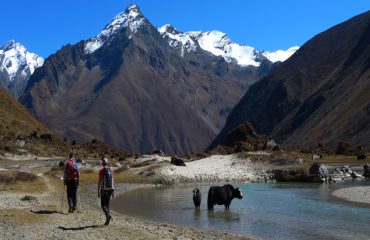 Expedition Bhutan Snow16
Expedition Bhutan Snow16 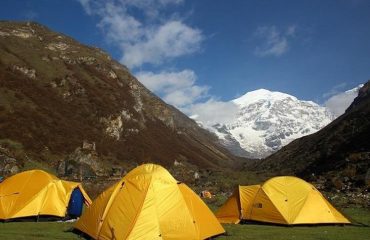 Expedition Bhutan Snow19
Expedition Bhutan Snow19 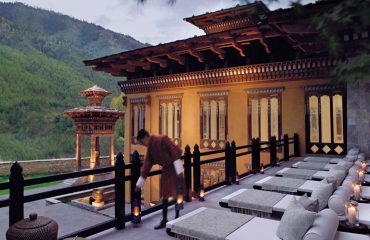 Exped Bhutan Accommodation5 Hotel - Taj Tashi
Exped Bhutan Accommodation5 Hotel - Taj Tashi 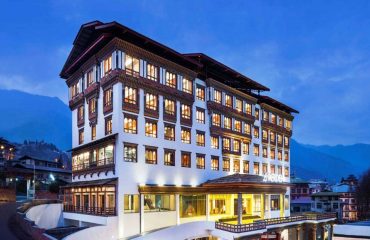 Exped Bhutan Accommodation4 Le-Meridien-Thimphu
Exped Bhutan Accommodation4 Le-Meridien-Thimphu 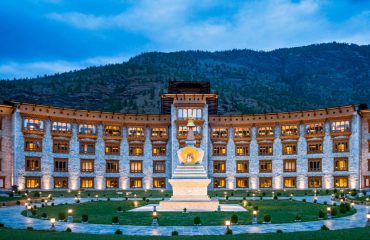 Exped Bhutan Accommodation3 Le-Meridian, Paro
Exped Bhutan Accommodation3 Le-Meridian, Paro 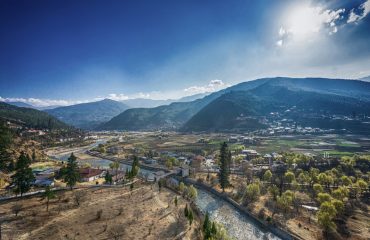 Expedition Bhutan Snow4 Paro
Expedition Bhutan Snow4 Paro 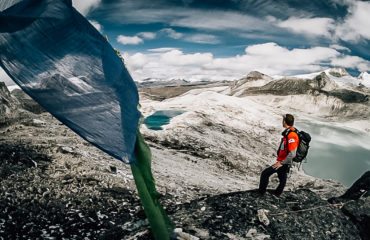 Expeds International Turkmenistan-7
Expeds International Turkmenistan-7 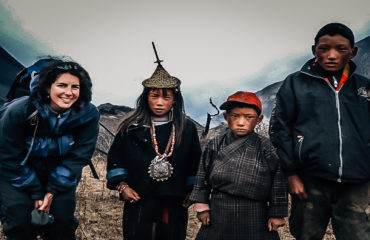 Expeds International Turkmenistan-13
Expeds International Turkmenistan-13 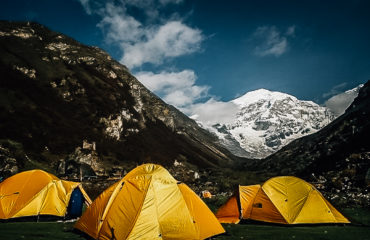 Expeds International Turkmenistan-15
Expeds International Turkmenistan-15 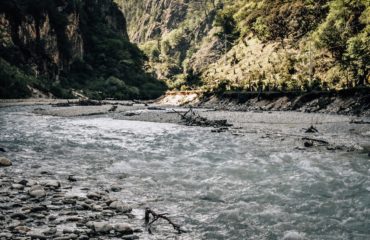 Expeds International Bhutan Snowman Trek21
Expeds International Bhutan Snowman Trek21 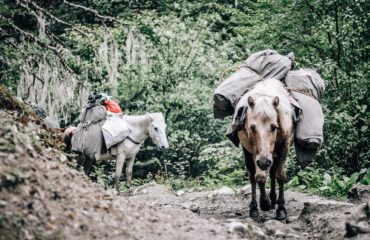 Expeds International Bhutan Snowman Trek20
Expeds International Bhutan Snowman Trek20 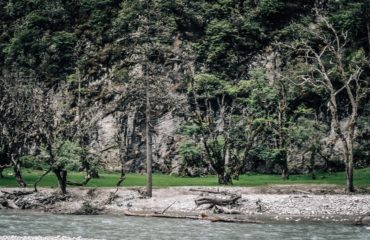 Expeds International Bhutan Snowman Trek19
Expeds International Bhutan Snowman Trek19 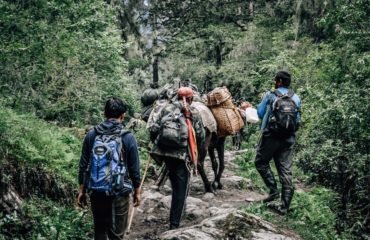 Expeds International Bhutan Snowman Trek18
Expeds International Bhutan Snowman Trek18 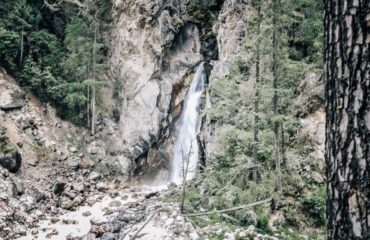 Expeds International Bhutan Snowman Trek17
Expeds International Bhutan Snowman Trek17 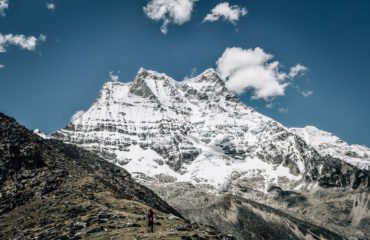 Expeds International Bhutan Snowman Trek16
Expeds International Bhutan Snowman Trek16 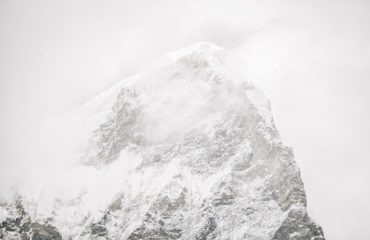 Expeds International Bhutan Snowman Trek15
Expeds International Bhutan Snowman Trek15 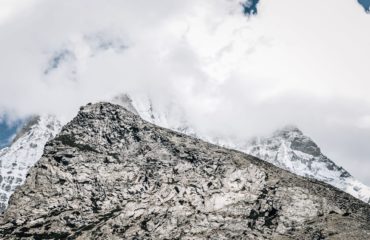 Expeds International Bhutan Snowman Trek14
Expeds International Bhutan Snowman Trek14 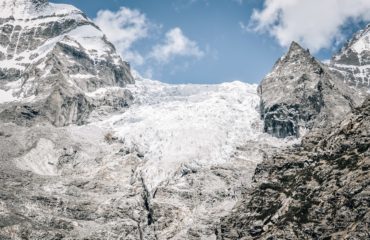 Expeds International Bhutan Snowman Trek13
Expeds International Bhutan Snowman Trek13  Expeds International Bhutan Snowman Trek12
Expeds International Bhutan Snowman Trek12  Expeds International Bhutan Snowman Trek11
Expeds International Bhutan Snowman Trek11 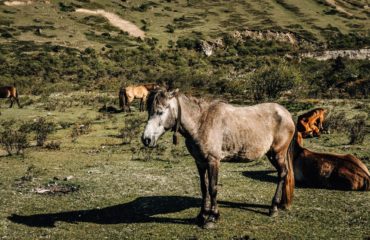 Expeds International Bhutan Snowman Trek10
Expeds International Bhutan Snowman Trek10 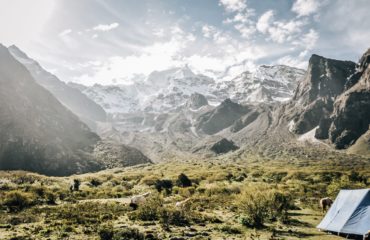 Expeds International Bhutan Snowman Trek8
Expeds International Bhutan Snowman Trek8 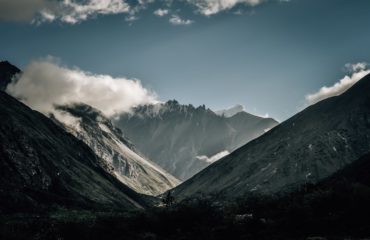 Expeds International Bhutan Snowman Trek7
Expeds International Bhutan Snowman Trek7 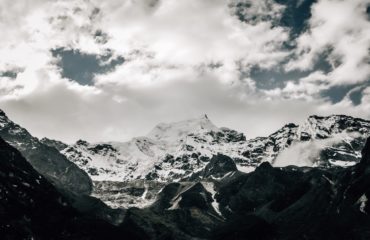 Expeds International Bhutan Snowman Trek6
Expeds International Bhutan Snowman Trek6 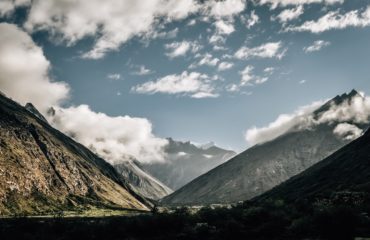 Expeds International Bhutan Snowman Trek5
Expeds International Bhutan Snowman Trek5 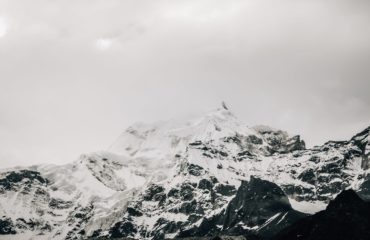 Expeds International Bhutan Snowman Trek4
Expeds International Bhutan Snowman Trek4 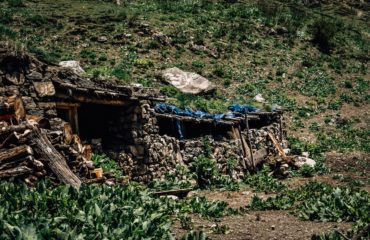 Expeds International Bhutan Snowman Trek3
Expeds International Bhutan Snowman Trek3  Expeds International Bhutan Snowman Trek1
Expeds International Bhutan Snowman Trek1